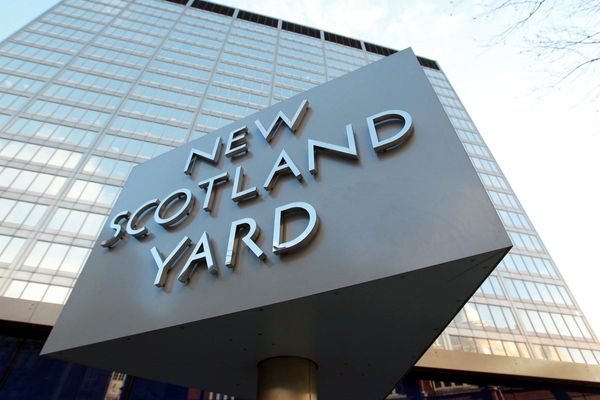
What was the financial impact of Friday’s CrowdStrike outage? That’s a mystery our financial regulators — the Australian Securities and Investments Commission (ASIC) and the Australian Prudential Regulation Authority (APRA) — should be considering.
Sure, there are obvious costs like delayed and cancelled flights, but what about payments that were interrupted by the outage — especially payments for loans by companies and households?
The outage led to widespread payment system failures — even Apple Pay had problems where it interfaced with Microsoft systems. JPMorgan, America’s biggest bank, said some of its 16,000 ATMs and 4,800 branches across the US were interrupted on Friday.
One of the fears regulators have about financial systems is the impact even of transitory IT problems. At any moment, millions of dollars are coursing through payments systems such as ATM networks, the payment networks handling contactless transactions, and the most vital part of the financial system, the Reserve Bank Information and Transfer System (RITS), Australia’s real-time gross settlement system.
Who owns the money in transit if there’s an outage that halts a transaction in the moments it’s being processed — the banks involved, or the parties on either end of the transaction — say, the retailer or consumers? And what’s the process for remediating anyone out of pocket as a result? Even a minor outage has potentially significant ramifications for businesses and households.
The Reserve Bank explains on its website
The Payments System Board of the Reserve Bank has a mandate to contribute to promoting efficiency and competition in the payments system, and the overall stability of the financial system. The Bank oversees the payments system as a whole, which encompasses a wide variety of individual payment instruments — ranging from cheques and payment cards to high-value corporate payments — and the usually unseen arrangements that ensure the smooth transfer of funds from accounts at one financial institution to another.
That’s why we need a new stress test for APRA to subject financial institutions to.
The US Federal Reserve has just conducted its annual stress tests of the 31 major US banks and other financial companies and all passed with mostly solid results. In Australia, APRA is about to conduct its latest stress tests of Australian banks and other financial groups that are classed as authorised deposit taking institutions (ADIs).
The Fed releases not only the results of the tests by named company but also releases the suggested scenarios, such as a steep drop in growth, a surge in unemployment or liquidity strains. APRA released its scenario after the event in 2023, but doesn’t release a list of the ADIs in the test.
APRA said back in January that it was “consulting on targeted changes to strengthen liquidity management practices and crisis preparedness. APRA aims to complete this consultation in the first half of 2024.” There might be need for another round of consultation after Friday.







